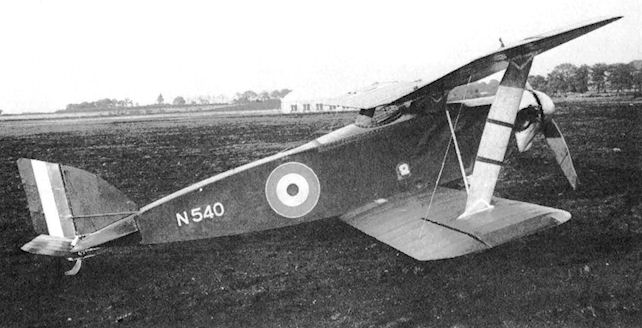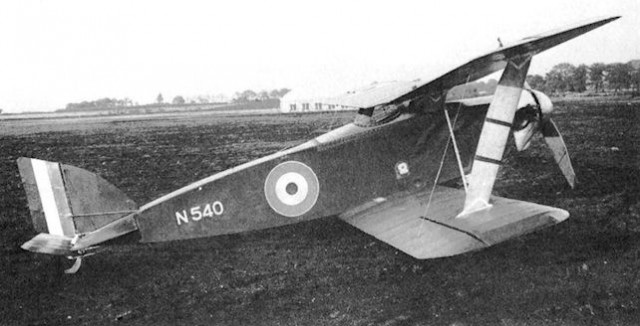The restoration project lasted four years and involved the recreation of the plane form the original plans. The former WWI fighter features Lewis gun, 500cc Citroen engine and wooden frame and was built as a ‘high altitude’ fighter to complete only one mission in which it had to shoot down an airship before the pilot escaped.
The WWI fighter has been restored by a team of 60 volunteers at Yorkshire Air Museum, after a four-year project and just in time to be part of the events commemorating the centenary. The ‘high altitude’ fighter took a turn at Elvington Air Field in Yorkshire for the first time in the last century.
The manager of the Yorkshire Air Museum, Mr Ian Reed said that everything went according to the plan, that they took the plane out of the hangar and started the engine. ‘It’s been four years of hard work by our volunteers, a long struggle in the workshop. Obviously we were working from old plans, and a lot of the parts have been tricky, we’ve had to have things specially made and other bits re-used from existing items. The team used only a series of fade plans and two pictures for the restoration. Reed was happy to say that the time invested into this project was worth every minute and all the hard work led to this magnificent achievement, the Mail Online reports.
The whole team is really excited to know the Eastchurch Kitten will be part of the events marking the centenary of the First World War, especially now when, Reed says, people start to appreciate more the bravery of these men and the sacrifices they made. Reed also said that the plane was built in the earliest days of aviation and more than 10 years before Charles Lindbergh crossed the Atlantic for the first time, in 1927. It was a time when aeroplanes were still being invented and people often risked their lives going up in the sky to test these new and amazing inventions. During the First World War, 9,500 pilots lost their lives and this fighter is a living memory of their courage.
The Kitten was designed to complete one mission and that one pilot who had to complete the mission, had to first get inside this tiny plane, then fly up to 10 – 15 thousand feet and shoot down a huge airship, then ditch into the sea and escape. What is even more amazing is that many people at that time would have volunteered to do it.

